Children are frequently asked to take part in science projects. However, they hit a wall after trying a few of them. Science projects are not only educational but also incredibly fun and rewarding. From exploring the mysteries of the universe to uncovering the secrets of everyday phenomena, there’s a science project for everyone.
So, without further ado, let’s explore 50 science fair project ideas that will ignite your curiosity and creativity!
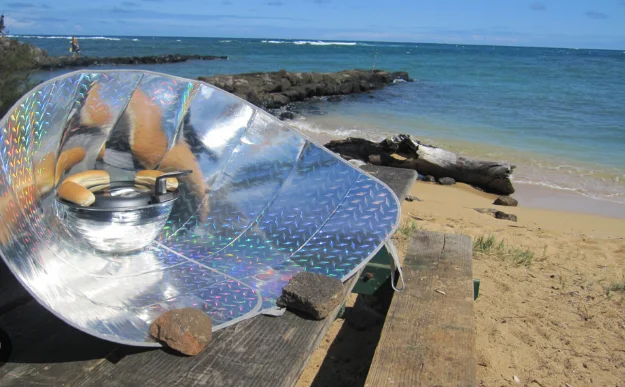
1. Solar-Powered Oven
For this DIY activity, you need For a simple DIY, you need a cardboard box, aluminum foil, Clear plastic wrap or a transparent oven bag, tape (preferably duct tape), and scissors. With a solar-powered oven, you can cook snacks by using sunshine as its energy source. This oven collects and directs sunlight onto the cooking surface using reflective surfaces, producing enough heat for baking.
2. DIY Volcano
In a DIY volcano experiment, a model volcano is crafted using common household materials. By combining baking soda and vinegar within the volcano, a chemical reaction occurs, producing a simulated eruption. This hands-on activity provides insights into the dynamics of chemical reactions, showcasing the release of gases and the formation of bubbles. It’s a captivating and educational experiment that offers a tangible demonstration of scientific principles related to volcanic activity and chemical processes.
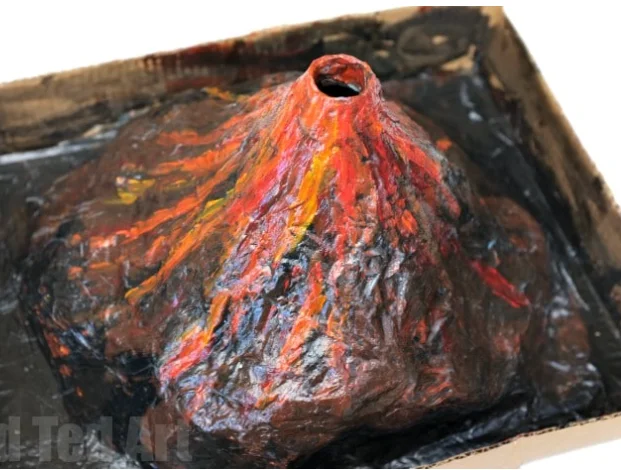
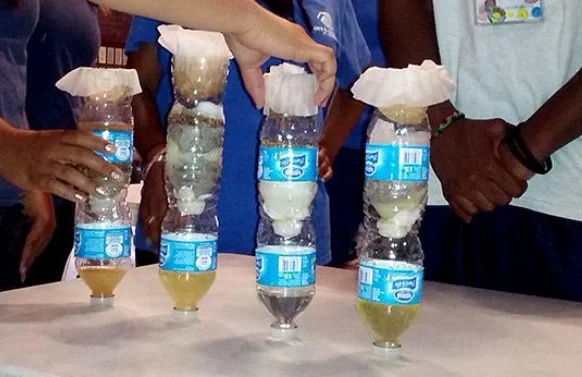
3. Water Filtration System
A water filtration system is designed to remove impurities from water, ensuring it is safe for consumption or other uses. By passing water through various filtering media such as sand, charcoal, and gravel, contaminants are trapped, resulting in cleaner water. This process mimics natural filtration mechanisms, offering a practical solution for purifying water in both household and outdoor settings. So, you can try this in your science project.
4. Gardening Experiment
In a gardening experiment, various factors such as soil types and fertilizers are tested to determine their impact on plant growth. By conducting controlled experiments, researchers or gardeners can identify optimal conditions for cultivating healthy plants and maximizing yields.
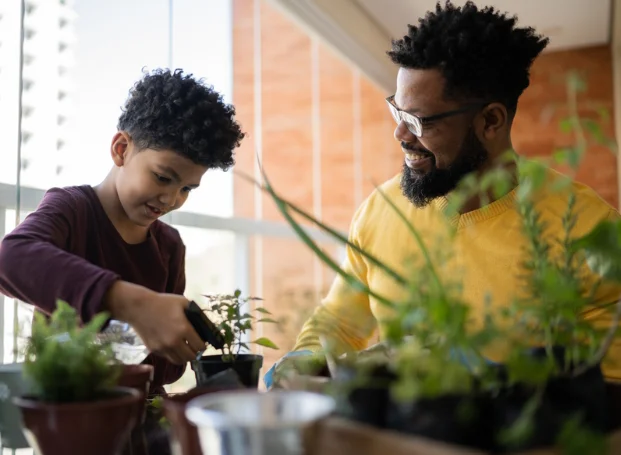
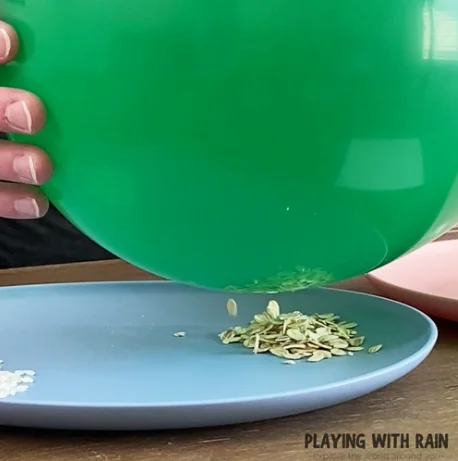
5. Static Electricity Experiments
Explore static electricity with balloons! Rubbing balloons on hair or wool generates static, causing them to stick to surfaces or repel each other. This simple experiment demonstrates electron transfer, explaining how objects become charged.
6. Lemon Battery
Harness the acidity of a lemon and two metals to power a small LED light. This experiment showcases how chemical reactions between the lemon’s juice and metals produce electricity, illuminating the LED, demonstrating basic principles of battery operation.
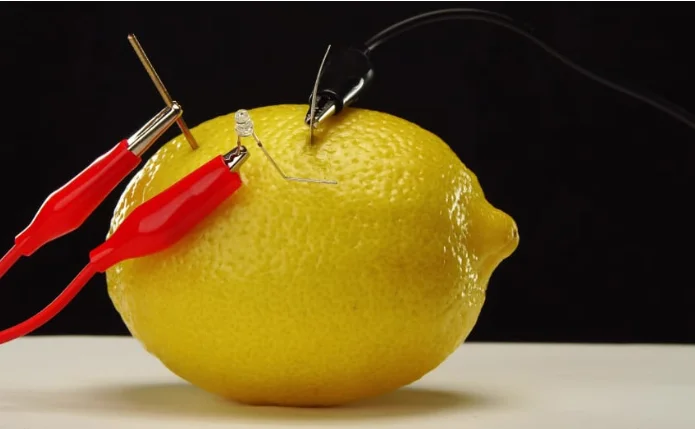
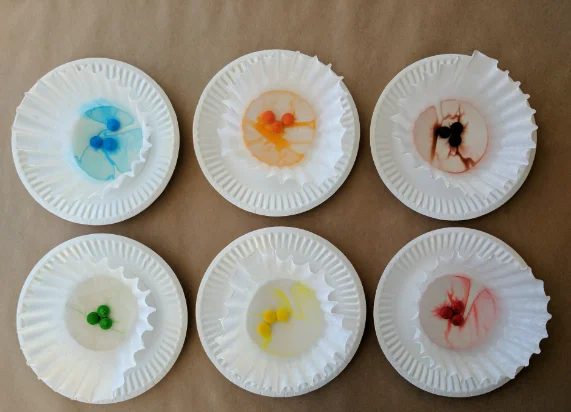
7. Candy Chromatography
Separate candy colors through paper chromatography to unveil dye components. By observing color migration, this experiment reveals the composition of dyes. It’s a hands-on way to understand the science behind color creation.
8. Make Your Own Slime
Craft your own slime by experimenting with various ingredients, exploring polymer formation. This hands-on activity offers insights into how polymers behave, fostering understanding of their properties and applications through playful exploration.
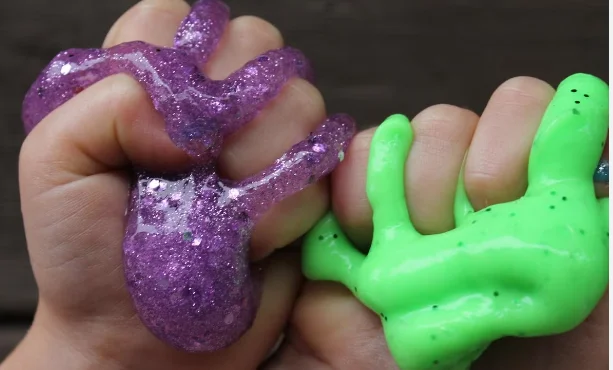
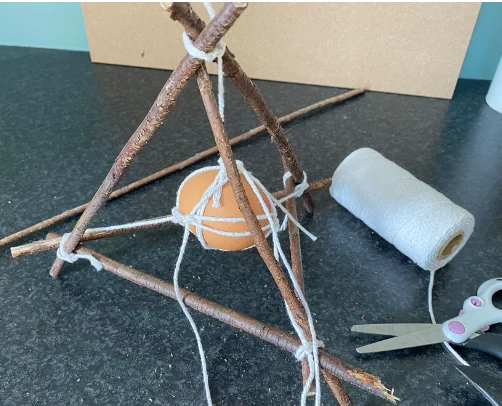
9. Egg Drop Challenge
Design a contraption to safeguard an egg from breakage when dropped at different heights. This challenge encourages creative problem-solving and understanding of physics principles, such as momentum and impact forces, through practical experimentation.
10. DIY Electromagnet
Construct an electromagnet with a battery, wire, and iron nail to delve into magnetism. This hands-on project demonstrates how electric currents create magnetic fields, offering insights into the fundamentals of electromagnetism through experimentation.
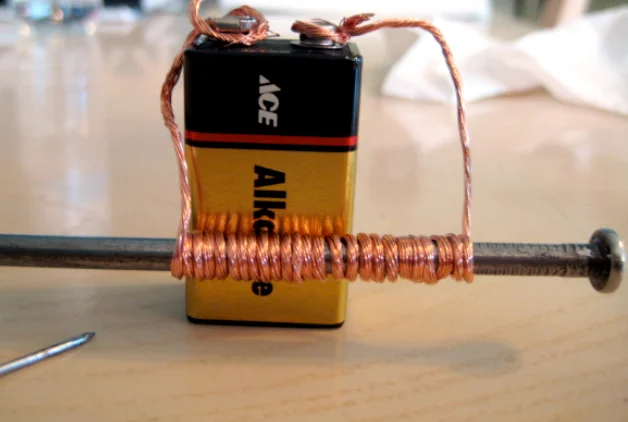
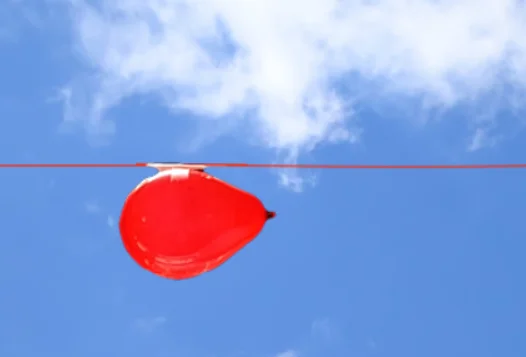
11. Balloon Rocket
Explore Newton’s Third Law of Motion with a balloon-powered rocket experiment. By constructing a simple rocket propelled by the balloon’s air release, you can witness action and reaction forces in action, providing a tangible demonstration of fundamental physics principles.
12. Make Your Own Lava Lamp
Craft your homemade lava lamp using oil and water to explore density and buoyancy. This DIY project visually demonstrates how liquids with different densities interact, showcasing principles of fluid dynamics in an engaging and colorful way.
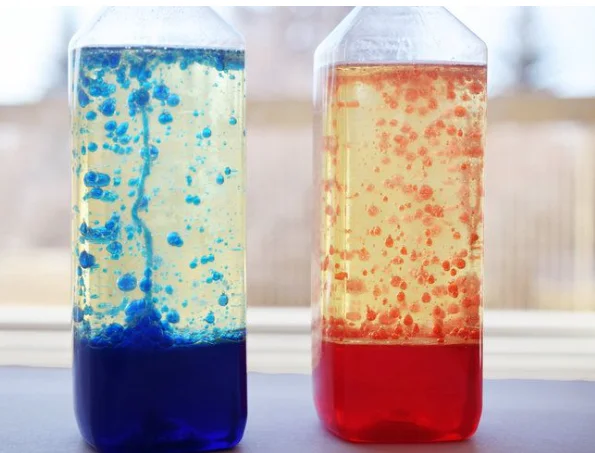
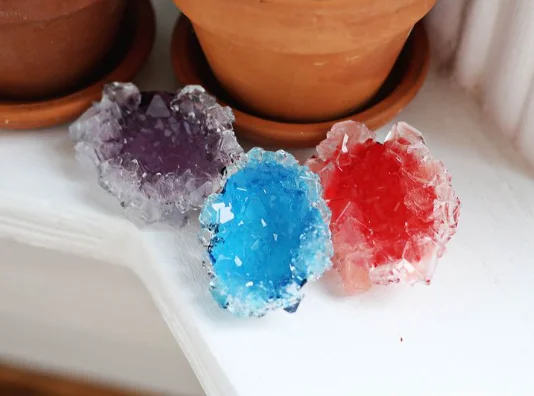
13. Grow Your Own Crystals
Cultivate crystals from everyday household items to observe their formation and structure. This experiment offers hands-on insight into crystal growth processes, fostering an understanding of crystalline structures and the principles behind their formation.
14. DIY Rainbow
Craft your own rainbow using sunlight and a prism to explore refraction and dispersion. This experiment demonstrates how light bends and separates into its component colors, providing a vivid illustration of the science behind rainbows.

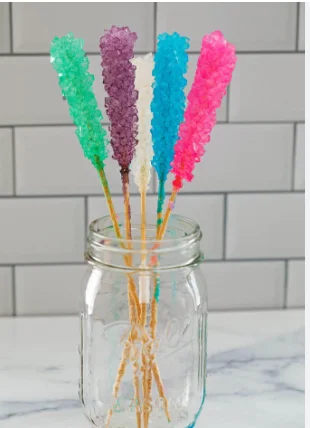
15. Homemade Rock Candy
Grow tasty rock candy crystals while exploring supersaturated solutions. This DIY project demonstrates how to create a solution with more solute than it can normally dissolve, resulting in the formation of crystalline structures on a string, providing insights into chemistry principles.
16. Explore Surface Tension
Measure surface tension by placing paperclips and coins on the surface of various liquids. Observe how easily they float. Higher floating indicates stronger surface tension. Compare results across liquids to analyze differences.
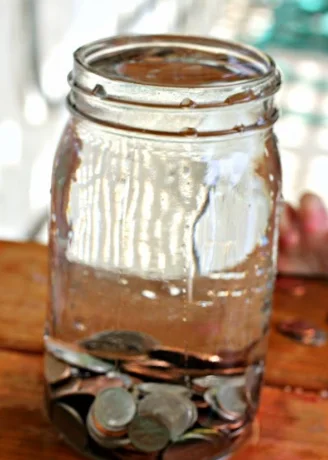
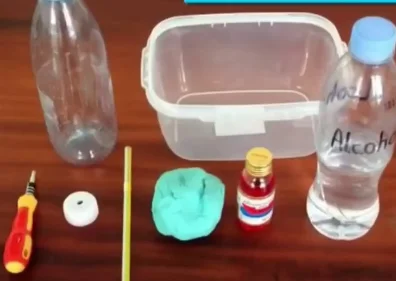
17. DIY Thermometer
Create a DIY thermometer by inserting a straw into a plastic bottle filled with water. As temperature changes, observe water level in the straw, which reflects temperature fluctuations. Mark levels for reference.
18. Exploring Sound Waves
Construct a homemade guitar by stretching rubber bands over a shoebox, securing them at both ends. Pluck the rubber bands to produce vibrations, which travel through the air as sound waves. Adjusting the tension or length of the rubber bands alters the pitch of the sound, demonstrating the relationship between wave frequency and musical notes.
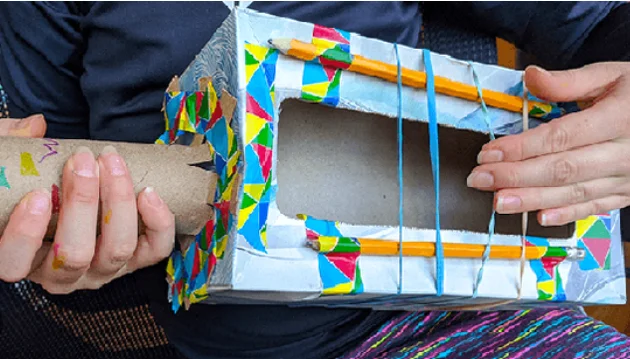
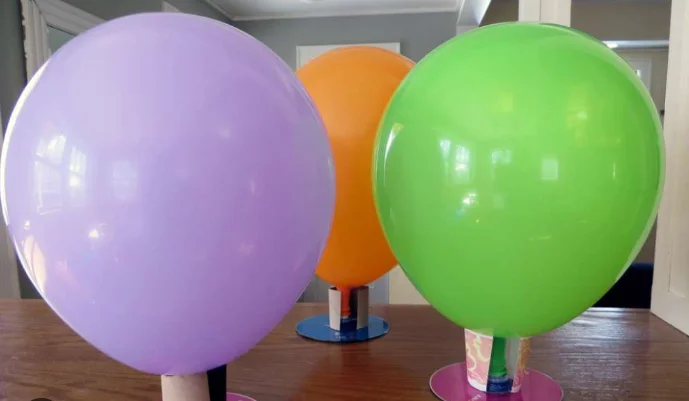
19. DIY Hovercraft
You can create a DIY hovercraft by attaching a balloon to the opening of a plastic bottle cap. Tape the cap, balloon-side down, onto the center of a CD. Inflate the balloon, then place the CD on a flat surface. As air escapes from the balloon, it creates a cushion of air underneath the CD, reducing friction and allowing the hovercraft to glide, illustrating the principles of air pressure and lift.
20. Exploring Density
Build a density tower by carefully layering liquids of varying densities in a clear container.
Start with the densest liquid, such as honey, and gradually add lighter liquids like dish soap, water, vegetable oil, and rubbing alcohol. Each liquid forms distinct layers due to their differing densities, showcasing how substances with higher density sink below those with lower density, illustrating the concept of buoyancy and density stratification.
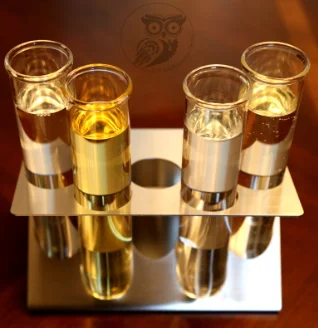
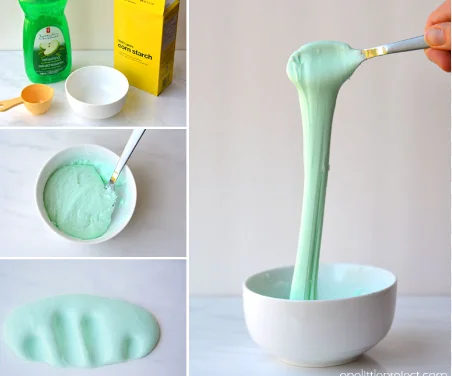
21. Homemade Silly Putty
Make homemade Silly Putty by mixing equal parts of liquid starch and white glue in a bowl. Stir until the mixture forms a putty-like consistency. Optionally, add food coloring for a colorful variation. Knead the putty with your hands until smooth and pliable.
This experiment showcases the properties of polymers and the formation of a non-Newtonian fluid, providing a fun and educational experience.
22. Invisible Ink
Explore invisible ink by testing various substances like lemon juice, milk, or baking soda solution. Dip a cotton swab or paintbrush into the chosen substance and write a message on paper.
Let the paper dry completely. To reveal the hidden message, apply heat (with a hairdryer or iron), exposing the chemical reaction that changes the substance’s color, demonstrating the concept of chemical reactions and invisible writing.
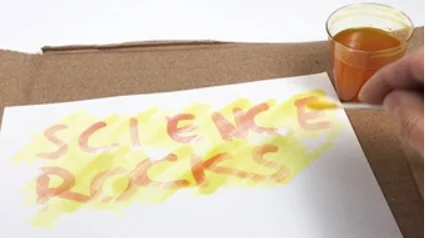
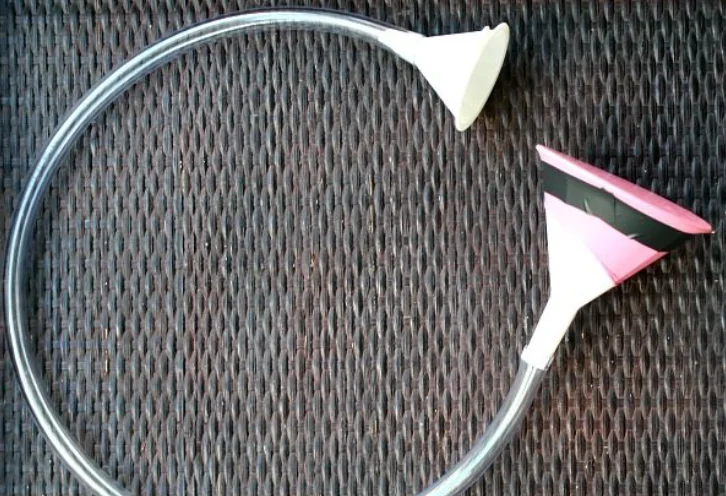
23. DIY Stethoscope
Create a DIY stethoscope by attaching one end of flexible tubing to a funnel and the other end to your ear. Place the funnel over your chest to listen to your heartbeat.
The tubing transmits sound waves from your heart to your ear, mimicking the function of a traditional stethoscope. This experiment demonstrates the basic principles of sound conduction and auscultation.
24. DIY Periscope
Construct a DIY periscope by arranging two mirrors at 45-degree angles inside a cardboard tube, with one mirror facing downward and the other facing outward. When you look into one end of the periscope, light entering the tube reflects off the mirrors, allowing you to see objects around corners or obstacles. This experiment illustrates the principles of light reflection and angle of incidence.

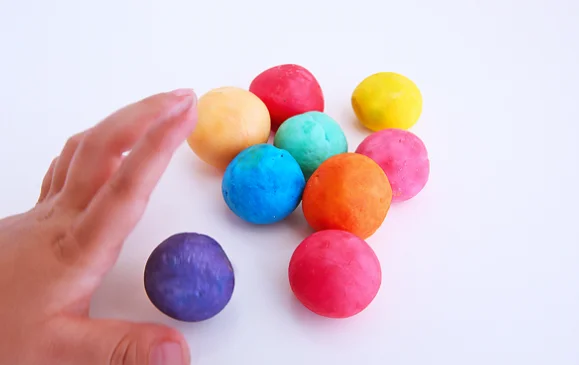
25. Make Your Own Bouncy Balls
Create bouncy balls by combining equal parts of glue, borax solution, and cornstarch in a bowl. Stir until the mixture forms a firm, moldable consistency.
Shape the mixture into balls and let them dry. When dropped, the balls bounce due to their elastic properties, showcasing the relationship between force, deformation, and elasticity in materials, making for a fun and educational experiment.
26. DIY Kaleidoscope
Construct a DIY kaleidoscope by cutting a cardboard tube into sections and attaching mirrors or reflective paper inside at a 60-degree angle. Add colorful beads or small objects at one end.
When you look through the other end and rotate the tube, the reflections create intricate symmetrical patterns, demonstrating principles of symmetry, reflection, and light manipulation in optics.
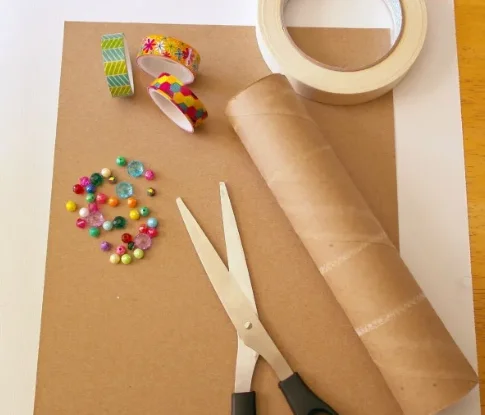
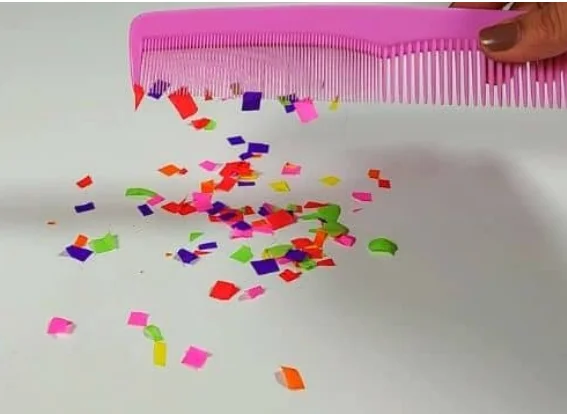
27. Exploring Static Electricity
Explore static electricity by rubbing a comb against different materials like wool, silk, or plastic. As the comb gains electrons from the materials, it becomes negatively charged.
Use the charged comb to attract lightweight objects like small pieces of paper or hair, demonstrating the transfer of charge through friction and the resulting electrostatic attraction, offering insight into the nature of electrical phenomena.
28. DIY Gluep
Create DIY Gluep by mixing borax solution with white glue in a bowl. As the borax interacts with the glue, it forms long chains of molecules, creating a non-Newtonian fluid with unique properties. When pressure is applied, it behaves like a solid, but when left undisturbed, it flows like a liquid. This experiment demonstrates the principles of polymerization and viscosity in materials science.
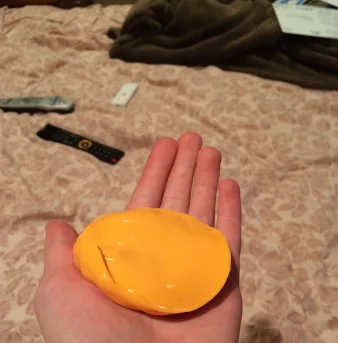
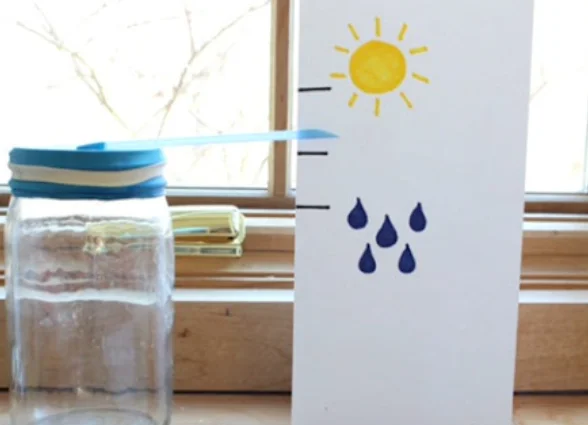
29. Homemade Barometer
Craft a homemade barometer by stretching a balloon over the opening of a glass jar. Place a straw inside the balloon, with one end touching the bottom of the jar.
As air pressure changes, the balloon expands or contracts, causing the straw to move up or down, indicating atmospheric pressure variations. This experiment illustrates the basic principles of barometric pressure measurement and weather forecasting.
30. DIY Cartesian Diver
Construct a DIY Cartesian diver by partially filling a plastic bottle with water and floating a dropper inside. Seal the bottle.
Squeeze the sides to increase pressure, causing the dropper to sink due to increased density. Release pressure, and the dropper rises, demonstrating buoyancy and pressure changes in fluids.
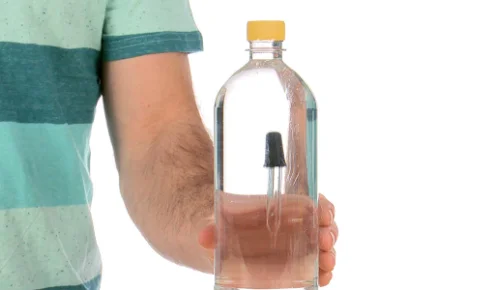
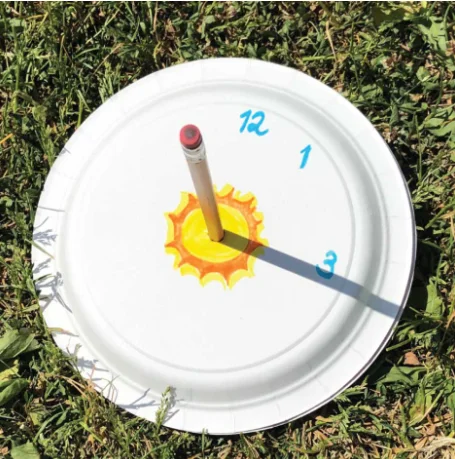
31. Build Your Own Sundial
Create a sundial by poking a pencil through the center of a paper plate and positioning it outdoors in direct sunlight. Mark the hour lines on the plate corresponding to the shadow cast by the pencil throughout the day. The sundial illustrates how the sun’s position changes over time.
32. DIY Wind Vane
Construct a wind vane by attaching a paper arrow to one end of a straw and balancing it on a pivot point, such as a pencil stuck into a cork. Place the wind vane outdoors. The arrow rotates to indicate wind direction, demonstrating how wind direction is determined by natural forces.
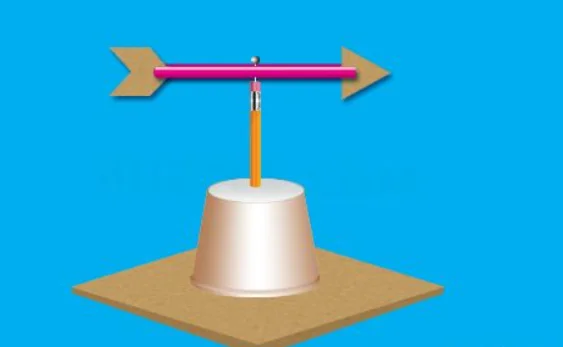
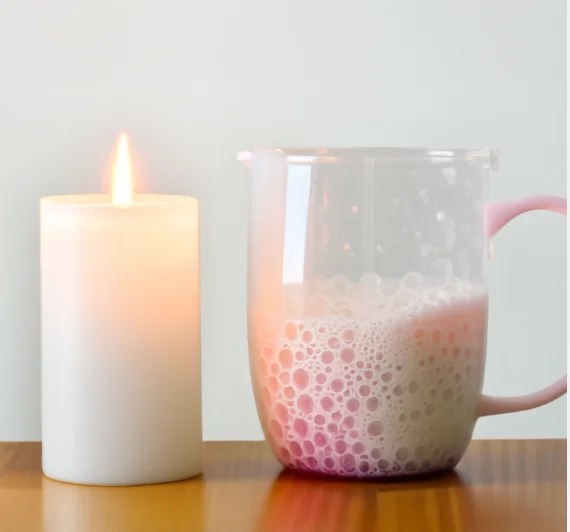
33. Homemade Fire Extinguisher
Explore chemical reactions by making a homemade fire extinguisher with baking soda and vinegar. Mix vinegar with baking soda in a container. When applied to a small flame, the reaction produces carbon dioxide gas, which displaces oxygen, suffocating the fire. This experiment illustrates the principle of fire suppression through chemical reaction.
34. DIY Potato Battery
Create a DIY potato battery by inserting a zinc-coated nail and a copper wire into a potato. Connect the wires to a small LED light. The potato acts as an electrolyte, facilitating electron flow between the metals, generating enough voltage to power the LED, demonstrating the conversion of chemical energy into electrical energy.
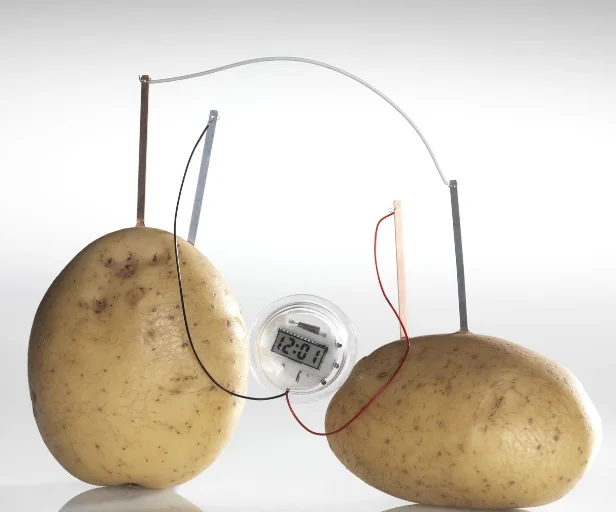
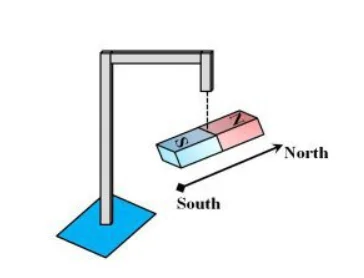
35. DIY Magnetometer
Construct a DIY magnetometer by tying a magnet to a string and suspending it freely. Allow the magnet to settle and align with Earth’s magnetic field. The magnetometer observes the direction in which the magnet points, indicating the orientation of the magnetic field lines, demonstrating the presence and direction of magnetic fields.
36. Exploring Bernoulli’s Principle
Create a Bernoulli’s blower by cutting cardboard into an airfoil shape and attaching it to a base. Use a hairdryer to blow air over the curved surface. As air speeds up, pressure decreases, creating lift that suspends objects above the blower, illustrating Bernoulli’s principle and the relationship between air speed and pressure.
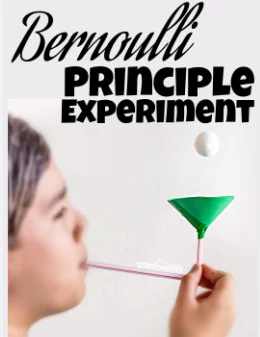
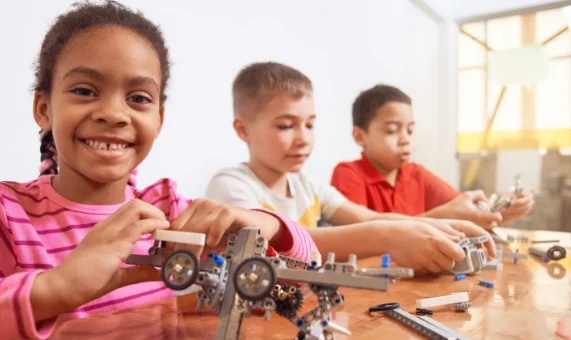
37. Homemade Simple Machines
Construct simple machines like pulleys or levers using everyday materials. Explore how these machines reduce the amount of force needed to perform tasks, demonstrating mechanical advantage. By observing how these machines change the direction or magnitude of force, participants gain insights into the principles of physics and engineering.
38. DIY Rainbow in a jar
Craft a DIY rainbow in a jar by layering liquids of varying densities like corn syrup, dish soap, water, oil, and rubbing alcohol, each dyed with different food colors. The colors stay separated due to differing densities, forming a vibrant rainbow effect, and illustrating the concept of density stratification and light dispersion.
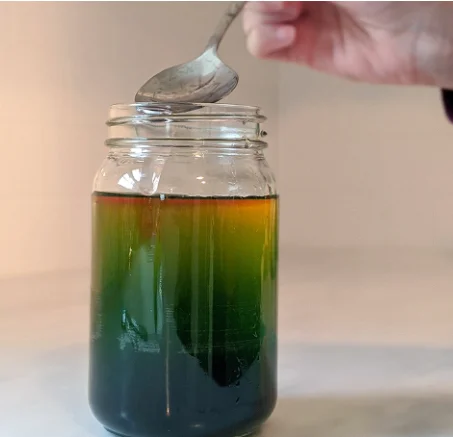
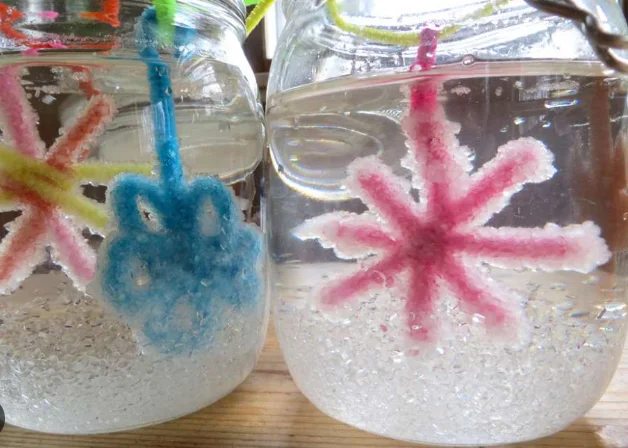
39. Make Your Own Crystal Snowflake
Create crystal snowflakes by shaping pipe cleaners into snowflake designs and suspending them in a borax solution overnight. As the solution cools, borax crystals form on the pipe cleaners, producing intricate snowflake structures. This experiment demonstrates crystal growth and saturation in a supersaturated solution, yielding beautiful homemade decorations.
40. DIY Model of the Solar System
Construct a scale model of the solar system by assigning household objects as representations of planets and the sun. Arrange them at appropriate distances according to scale, showcasing the vastness of space and the relative sizes of celestial bodies. This experiment fosters an understanding of planetary orbits and the structure of our solar system.
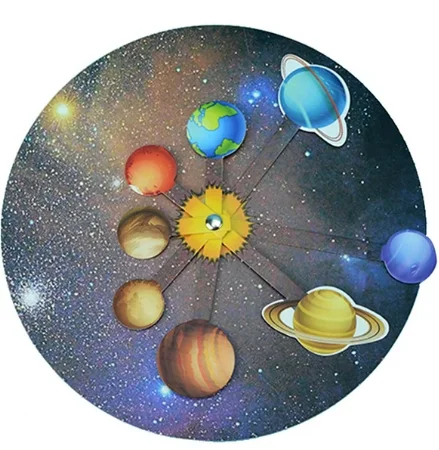
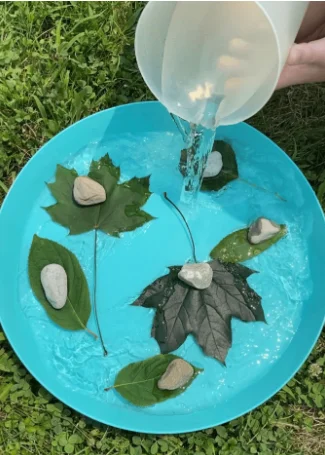
41. Exploring Photosynthesis
Explore photosynthesis by growing plants under varying light conditions: sunlight, partial shade, and darkness. Observe plant growth, leaf color, and oxygen production.
Sunlit plants thrive with green leaves, while shaded plants may exhibit elongated stems. In darkness, plants show stunted growth and pale leaves, illustrating the importance of light in photosynthesis.
42. Homemade Thermos
Create a DIY thermos by insulating a container with materials like foam or bubble wrap. Fill it with hot liquid and observe temperature changes over time. The insulation minimizes heat transfer via conduction, convection, and radiation, maintaining the liquid’s temperature for an extended period, illustrating principles of thermodynamics and heat transfer.
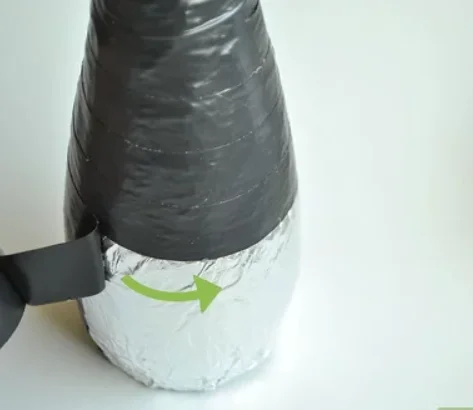
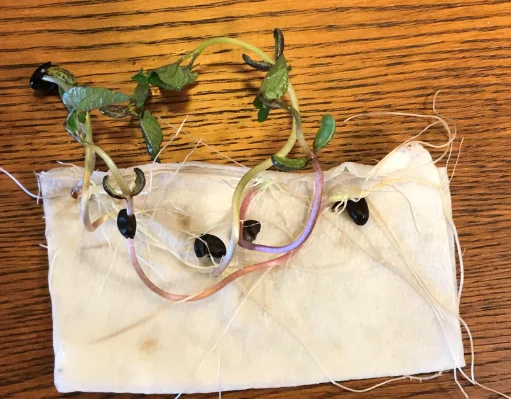
43. DIY Seed Germination Experiment
Conduct a seed germination experiment by planting identical seeds in different conditions: varying light levels, temperatures, and moisture levels. Monitor seedling growth and compare results. Light, temperature, and moisture impact germination rates and seedling development, showcasing the importance of environmental factors in plant growth.
44. DIY Simple Pendulum
Create a simple pendulum by tying a weight (like a small object or a washer) to a string. Hang it from a fixed point and allow it to swing freely. Observe the regular back-and-forth motion, demonstrating the principles of oscillation and the relationship between pendulum length and period.
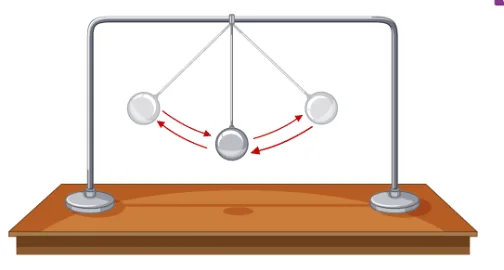

45. Exploring Friction
Explore friction by constructing a friction tester with a flat surface and objects of varying materials. Slide each object across the surface and measure the force required to move it. Compare results to understand how different surfaces and materials affect friction, illustrating the principles of friction and surface interaction.
46. Homemade Electroscope
Create a homemade electroscope by attaching a thin strip of aluminum foil to the inside of a jar lid. Place the lid on the jar. When charged objects are brought near the jar, the foil will repel due to electrostatic forces, indicating the presence of static electricity, demonstrating basic principles of electrostatics.
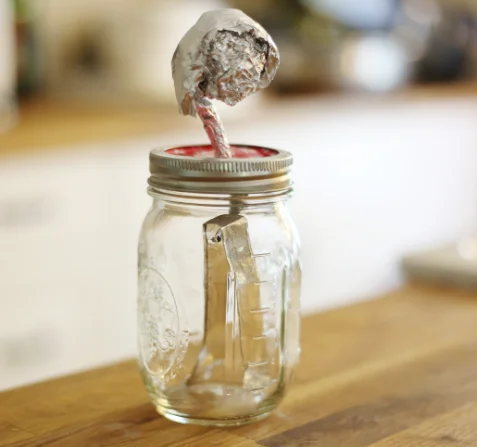

47. DIY Cloud in a Bottle
Produce a cloud in a bottle by filling it with warm water vapor, then quickly compressing and releasing the air inside. The rapid pressure change creates a cloud as the water vapor condenses around dust particles, simulating cloud formation. This experiment illustrates the role of pressure and temperature changes in cloud formation.
48. Colorful Milk Swirls
Pour some milk into a shallow dish and add a drop of different colored food coloring. Then, dip a cotton swab into dish soap and touch it to the surface of the milk. Watch as the colors swirl and move due to surface tension and the interaction of the soap molecules with the fat in the milk.
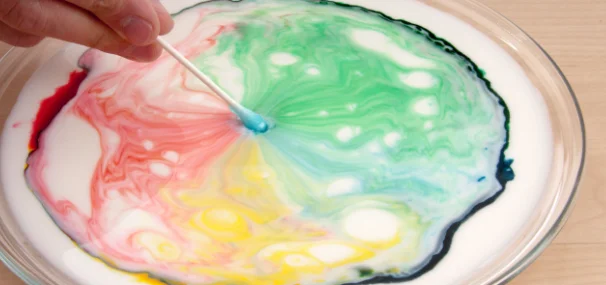

49. Effect of Music on Memory
Investigate the impact of different types of music (classical, pop, instrumental, etc.) on memory retention. Design an experiment where participants learn and recall information while listening to various genres of music. Analyze the data to determine if certain types of music enhance memory performance.
50. Biodegradable Plastic
Research and develop a biodegradable plastic using natural materials like starch or cellulose. Experiment with different formulations and production methods to create a plastic that is environmentally friendly and decomposes efficiently. Test its strength, durability, and decomposition rate compared to traditional plastics.
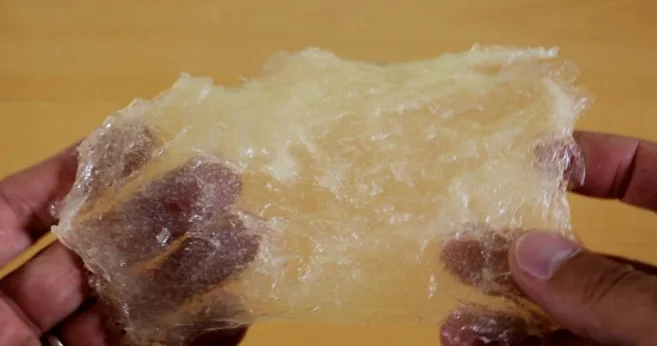
Moonpreneur is dedicated to preparing your child for success in college and the evolving world of AI. To kickstart your child’s journey in robotics, sign up for a free 60-minute workshop today!
















